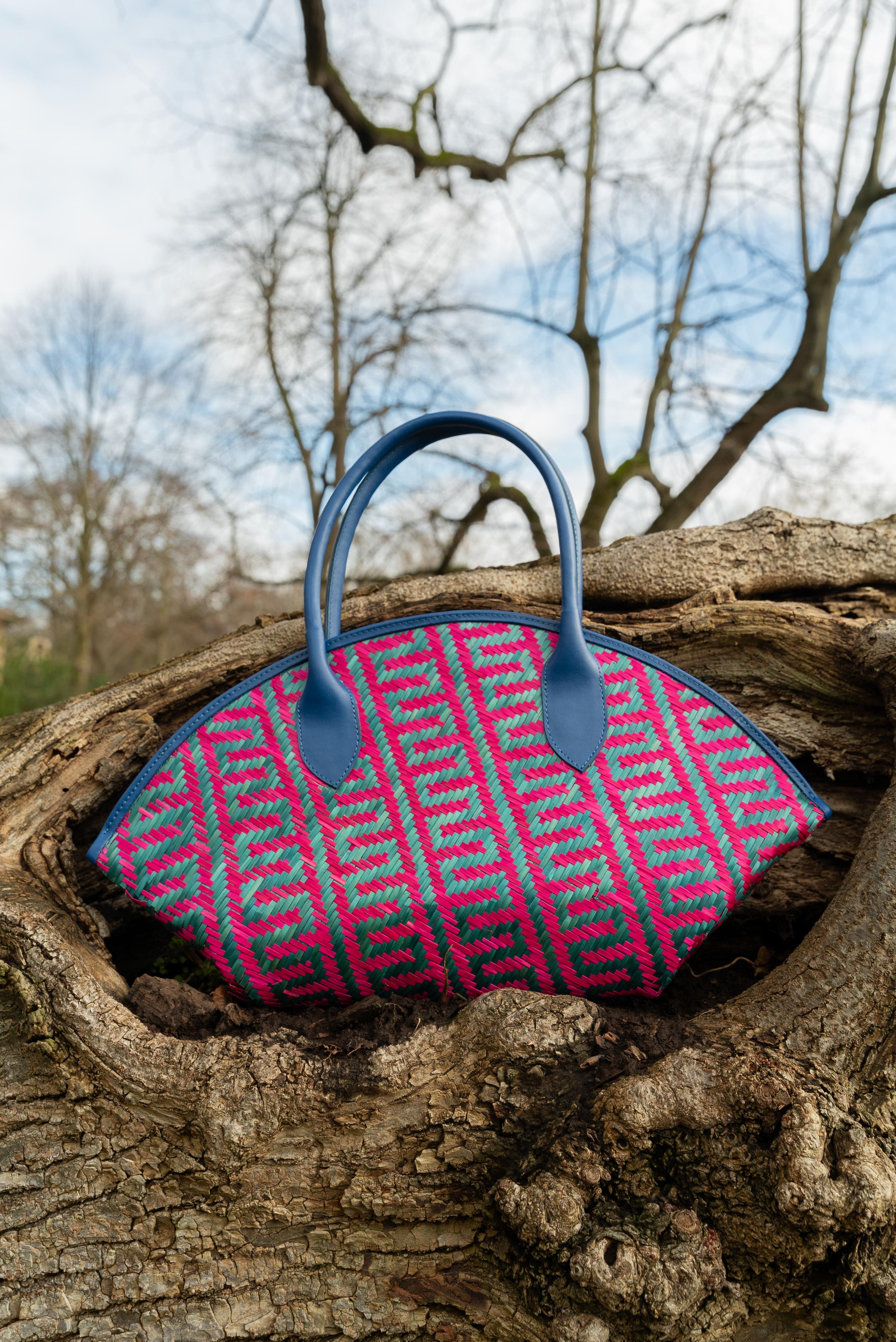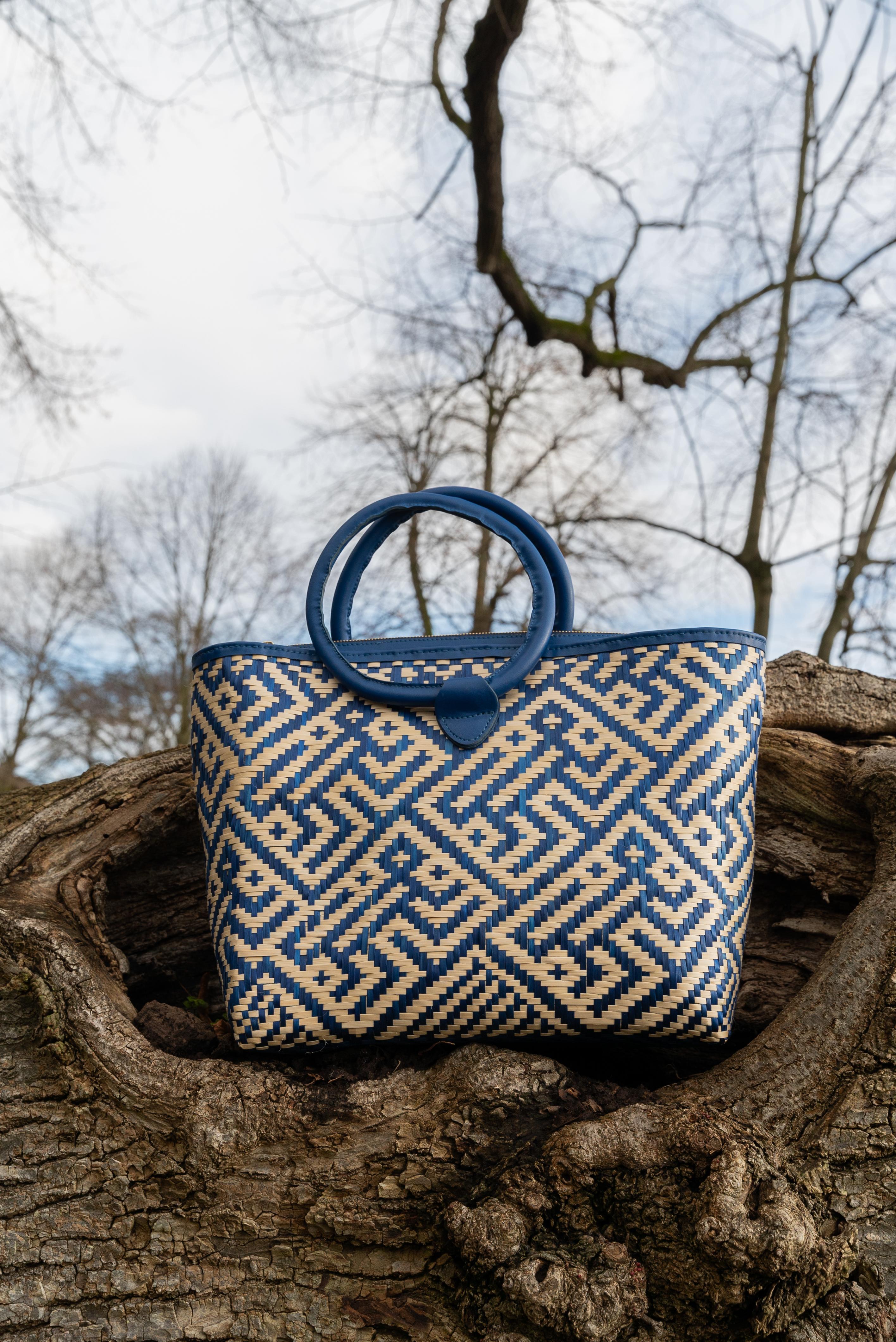Territory
The Eperara Siapidara are an Indigenous people whose name means “people of the wild cane.” They live in Cauca, Valle del Cauca, and Nariño, near the Saija and Naya rivers, though violence and forced displacement have led some community members to migrate to cities like Bogotá. Their land and traditions are increasingly threatened by the expansion of agriculture, mining, deforestation, and displacement, yet they continue to fight for their cultural preservation and autonomy.

Cultural Identity and Traditions
The Eperara Siapidara have a culture deeply connected to nature and follow a matriarchal structure. Family plays a central role, with key figures such as the
Tachi Nawe
, a spiritual leader, and the
Jaipana
, a guardian of ancestral medicine. Their traditional home, the
tambo
, is an elevated wooden house designed to blend with the environment. They speak the Eperara language, part of the Chibchan linguistic family, while also using Spanish in daily life. Their native language remains essential for cultural identity and storytelling, with myths, legends, and songs reflecting their close relationship with the natural and spiritual world. Their economy is based on agriculture, fishing, and hunting, cultivating crops such as corn, plantains, cassava, beans, and rice, while also foraging for wild fruits and plants. 🌿 Their worldview is based on a dual concept: the physical world, where they live and carry out daily activities, and the ethereal world, home to spirits and ancestral beings. ✨ This spiritual connection shapes their rituals, including those performed before entering sacred rivers and mangroves, where they ask permission from nature’s guardians.
Artisanal Craftsmanship
Eperara Siapidara women are masters of basket weaving, a skill passed down through sacred rituals from an early age. Their handmade products include baskets, fans, vases, and petacas (woven storage containers), crafted with natural fibers like paja tetera and bejucos. The designs are inspired by sacred elements of their worldview, featuring motifs of monkeys, frogs, fish, and other meaningful animals from their surroundings. The weaving process follows several meticulous steps: selecting the best fibers, stripping them to the correct size, dyeing them naturally with traditional methods, weaving each piece with precision, and adding finishing touches for durability. Sustainability is key in their craft, as the community actively replants paja tetera palms and repurposes leftover fibers for smaller items like fruit baskets and mini petacas. Colors in their crafts and clothing hold deep cultural significance, symbolizing harmony, abundance, and elegance. For Eperara women, vibrant necklaces and dresses represent their identity and connection to the natural world, especially during festivals and celebrations.
📌
Fun fact:
Young Eperara Siapidara girls undergo a ritual where they are "umbilically linked" to spiders, believing this will give them greater dexterity for weaving. 🕷️





